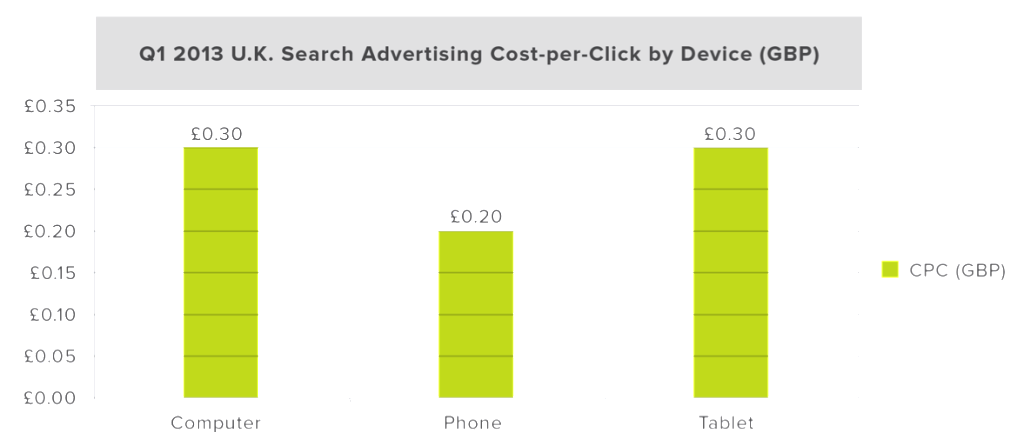Mobile devices are more and more of an influence in our everyday lives. Not just for phone calls, but also for Internet use.
Nowadays, it’s difficult (maybe impossible!) to walk down the street without seeing people playing, chatting, tweeting or doing whatever with their smartphones or tablets… Even when they are surrounded by friends or relatives, something that makes sometimes social relations quite tricky! There are even some TV spots warning mobile devices users of that new tendency in funny way.
But let’s stop talking about what everybody says, and let’s give some real facts:
In the UK, a 62% of the total population owns as smartphone, and 92% use them to access the Internet on a daily basis.
There are 63.23 million people in the UK, making a total of almost 4 million people using mobile devices every day. That’s a lot of people, isn’t it?
If we look at the increase of the use of these devices for Internet use, we can discover an amazing growth since last year of more than a 5% for smartphones, and another 5% for tablets.
Regarding to this data, we can now understand why the marketers had realised of the importance of having a good mobile marketing strategy, and a great way to approach consumers and potential customers is through paid search.
A couple of years ago, it was really cheap to advertise using paid search for mobile devices. CPC (Cost Per Click) on mobile devices was low due to the low competition (and low price) that we could find there. But due to the great growth of this kind of advertising, the average cost per click is increasing year on year.
The increasing of the demand of mobile devices advertising (phones and tablets) has driven up cost per click as the competition is much higher (even so, the CPC for mobile keeps itself under the computer bids, which are normally higher). However Tablets are now at the same level as computers. At the end of the first quarter of 2013, the CPC looked like this:

Source: Kenshoo Global search advertising trends.
The only problem with mobile devices – particularly smartphones – is that the 77% of the time, it’s fighting against the attention to other media. Mobile users tend to multitask. They browse while watching TV or even using the Internet through other devices.
Nevertheless, smartphone users are very active in using online search with their devices. 89% of the owners of mobile devices have, at some point, looked for information about a concrete business. Of this 89%, 77% went on to get in touch with that company.
But even if mobile users are usually doing something else while using Internet on their mobile devices, they are aware of the ads popping up in their screens even more than we think. Of course there’s people that just ignore them – but a huge amount of people keep paying attention to them.
So after all of this data, you can see how important is to have a proper advertising campaign on mobile devices, and have ads that really work well on mobile devices (especially the ones that do not have a full navigation system). We can differentiate different kind of ads depending on the kind of mobile device that we are using:
For WAP devices, the ads have just a couple of text line (between 12-18 characters) apart from the URL and a telephone number to make a direct phone call. The display ads, containing a static image are shown as an image file.
For smartphones, we can find ads in exactly the same way that we will find them in a computer, as they have a full browser. The only difference is that as the screen is smaller, the number of ads will be reduced. For image ads, the size will be 320×50, and they will appear as if they were in a regular computer screen.
Another possibility when making advertising for mobile devices is using the ads within Apps. There are App ads which are click-to-download, but it’s also very useful when your product is an App in and of itself.
Another great option that you get through the smartphones is a live link with the telephone number to call directly.
So, after seeing all this data, do you still think that your company shouldn’t advertise on PPC campaigns for mobile devices?

